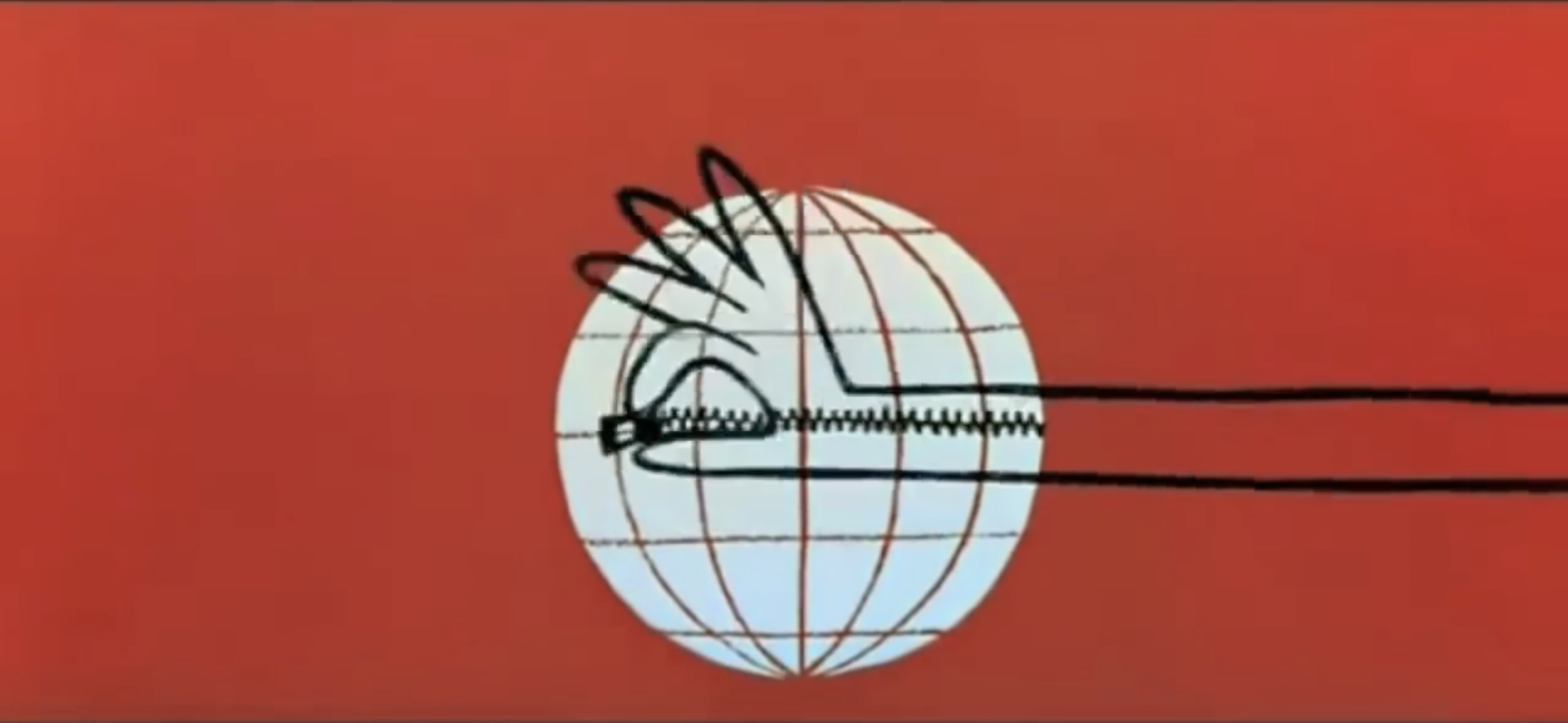Interview with Shaw Nielsen
“Interesting, quality work, delivered on time and with a smile. That has been, and always will be, the growth area for illustrators. ”
Shaw Nielsen is an award-winning illustrator who creates fun, colorful, and graphic work for a huge roster of exciting clients including Disney, The New York Times, The Wall Street Journal, IBM, ESPN, US Airways, and so many more. His portfolio shows off his ability to apply his unique vision on projects suitable for any age group, and to solve illustration problems ranging from inventive infographics to narrative storytelling, and everything in-between. His work is often figurative, featuring bold geometric character designs that lend themselves beautifully to animation. Because Nielsen is also a talented animator, I was eager to hear his thoughts on how animation is impacting the business of illustration. Enjoy the interview below and check out Shaw Neilsen’s work here: www.shawnielsen.com
You describe yourself as an illustrator, but your work showcases some incredible animation skills. How did you get started with animation, and how does this fit into your identity as an illustrator?
Nielsen: I started animating my own illustrations for fun. I saw others doing it, and like a sheep, I headed that direction. Animated illustrations really do catch the eye in a way few other things do and so I knew I had to add motion to my portfolio.
Being an illustrator means that you solve visual problems - you’re presented with an article or a brief and its your job to come up with something interesting, thoughtful, or provocative. There are no rules about how to solve the problem and being able to show motion is an incredible tool to have at your disposal. Animation is another arrow in my illustration quiver.
It seems that more and more clients are using motion-based illustration for editorial and commercial work. When did you notice a shift? Has the growth been surprising?
Nielsen: I'd say within the past couple of years motion has become more prevalent and its only going to get bigger. The visual world of the average person is a cluttered place and motion stands out. It's a lizard brain response - people look at things that move before they look at things standing still - so I'm not at all surprised to see motion growing in popularity.
Are there any other areas of growth you think illustrators should keep an eye on?
Nielsen: Interesting, quality work, delivered on time and with a smile. That has been, and always will be, the growth area for illustrators. The media industry will change, the publishing industry will change, the way content is delivered will change, but people will always need quality, interesting content produced by people who are good to work with.
What is your process like working with a client on an illustration that moves? Is there anything you have to do differently from your 2D pieces to get the idea across?
Nielsen: I use the same process for both my animated illustrations and my static illustrations. I start every illustration off by writing down a list of words and phrases that are pulled from the article, story, or brief and develop thumbnails and sketches from that list of words. For me the concept always comes first and the motion gets developed once I've completed the illustration.
I love the simple 2-frame animation technique you’ve used in “ESPN's The Undefeated-Zombie Fans.” This one feels very different from the complex, multi-layered character animation in much of your other work. How do you decide where to put movement, and how complex to make the animation?
Nielsen: ‘The Undefeated' blog uses really big images and the MB limit on animations is fairly low, so in order to be able to animate the image I had to do something really simple and small. Sometimes necessity drives style and concept more than anything else.
What tools do you use to create your animated work? Is there any technology that you are experimenting with or eager to try out?
Nielsen: Adobe illustrator, Photoshop and After Effects, though I’m still working on mastering After Effects. It’s such a powerful program that I feel like I could spend a lifetime bouncing around inside it.
Are there any illustrators working with motion that you admire or are influenced by? What makes their work exciting to you?
Nielsen: Saul Bass's work is iconic and bold and I absolutely love his movie title sequences. I think what always draws me back to to Saul Bass’s work is his ability to boil his illustrations down to only the most essential elements.
Title sequences designed by Saul Bass.
Thanks to Shaw Nielsen for taking the time to talk about motion and illustration. Please check out his portfolio at www.shawnielsen.com and follow him on instagram @shaw_nielsen




